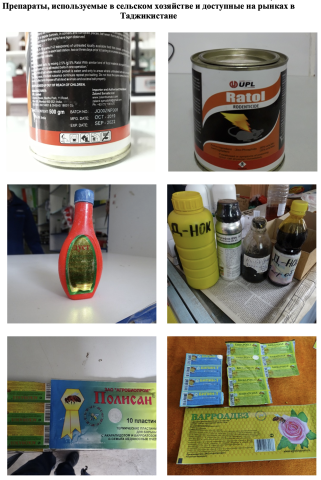Country profile of pesticide use and highly hazardous pesticides in Tajikistan

The Tajikistan National Country Situation Report on Highly Hazardous pesticides (HHPs) is the part of IPEN global initiative aimed to phase out HHPs globally. The objective of the report is to:
- Identify HHPs registered and being used in one country and banned in another using PAN HHPs criteria and PAN consolidated list of bans
- Identify major pesticide exporters & producers
- Document the pesticide registration process and the limitations for phase out or ban of HHPs or applying precautionary principle
- Highlight cases of health and environmental impacts by HHPs if they exist
- Look for opportunities to phase out or ban HHPs and promote agro ecology.
The management of highly hazardous pesticides in Tajikistan, which should cover the control, handling, import, supply, transport, storage, use and disposal of pesticides, has not yet been adequately addressed in the country.
The report pays attention to the conceptual, legislative and regulatory requirements developed in Tajikistan, which provide the basis for the national policy of pesticide management and, in particular, registration and control of highly hazardous pesticides.
The state register of pesticides and agrochemicals, which includes a list of chemicals approved for use in Tajikistan, was developed in 2004 and has not been updated to date. In 2016 the Ministry of Agriculture of Tajikistan developed a draft of the new list of chemicals allowed to be imported into the Republic, which is currently under consideration by key ministries involved in the process of handling chemicals and pollutants.
The report on HHP in Tajikistan presents analysis data on 472 names of chemicals and biological preparations. They include 184 preparative forms of pesticides and agrochemicals and preparations for plant protection. More than a third of pesticides and agrochemicals are HHPs.
Additionally, the report offers recommendations for launching a national campaign in support of phasing out HHPs in Tajikistan, and provides data on existing approaches to the development of organic agriculture and recommendations for the development of an integrated system for plant protection, pest control and reducing dependence on the use of HHPs in the agricultural sector of Tajikistan.
| Attachment | Size |
|---|---|
| 1.81 MB |
